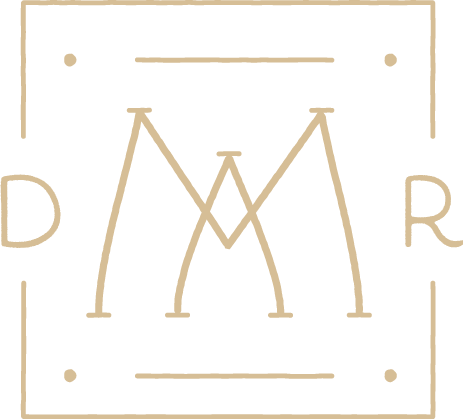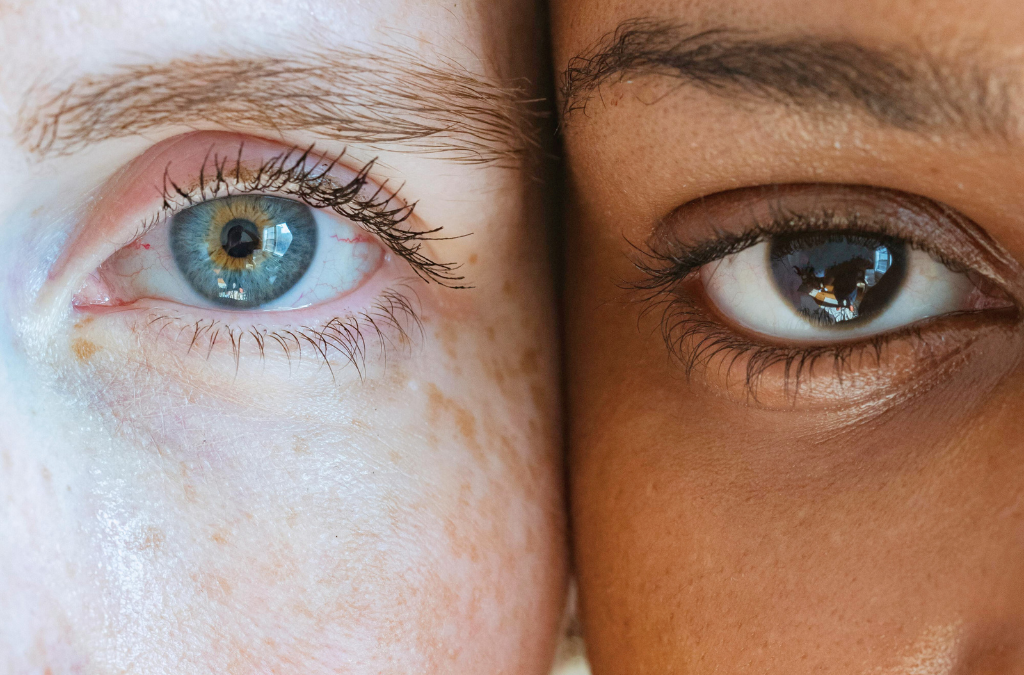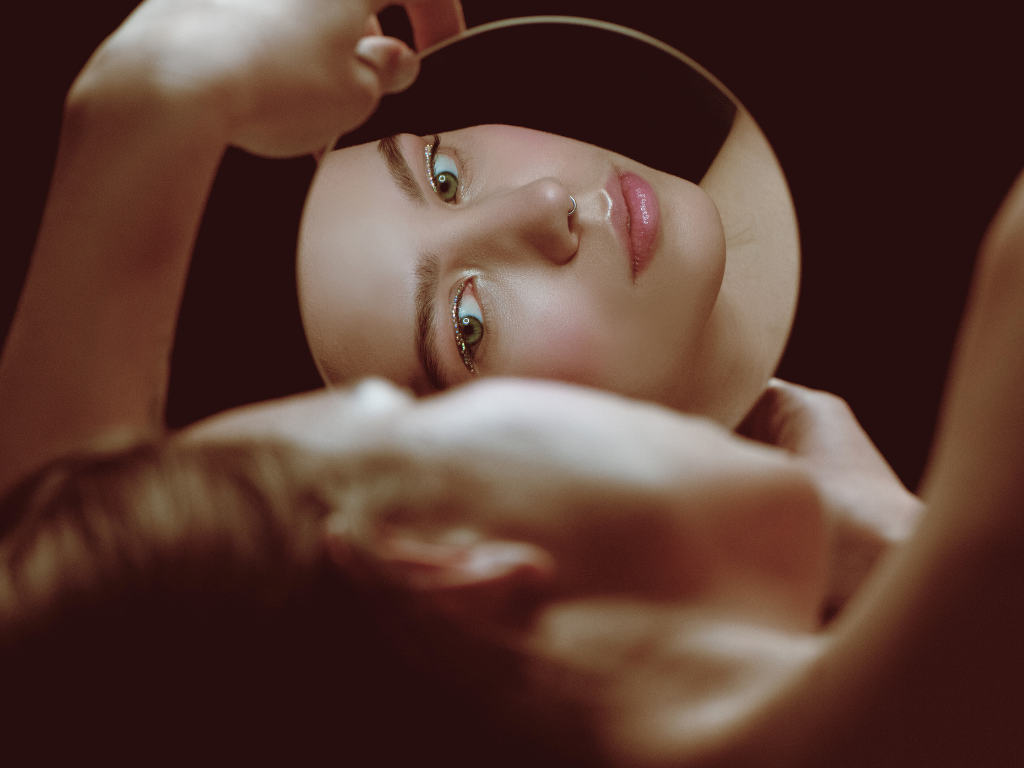Key Takeaways:
-
Tear trough filler can rejuvenate under-eye hollows but carries higher risk of complications compared to other filler areas.
-
The under-eye is a complex, delicate region with thin skin, important blood vessels, and unique anatomy.
-
Not everyone is suitable for tear trough filler — a proper assessment by an experienced practitioner is essential.
-
Common complications include swelling, lumps, Tyndall effect (bluish tint), and asymmetry.
-
Many issues can be improved with techniques such as massage, hyaluronidase (filler dissolving), or corrective treatment.
-
Alternatives like polynucleotides and regenerative treatments may be better suited for some patients.
The safest approach is prevention: choose a skilled injector, realistic expectations, and the right treatment plan for your anatomy.
Tear trough filler is a popular treatment for rejuvenating tired-looking eyes, but it’s essential to understand the potential risks. Because the under-eye area is so delicate, complications are more common here than in other parts of the face.
The good news is that with the right expertise, most issues can be prevented or effectively managed. This guide explains what can go wrong, how we can help, and what alternatives are available.

Why Is the Tear Trough a High-Risk Area for Fillers?
The under-eye region has several unique features that make filler treatments more complex:
- Thin Skin: The skin under the eyes is incredibly thin, meaning any misplaced filler or minor irregularity can be highly visible.
- Complex Anatomy: A delicate network of tiny blood vessels and facial structures lies just beneath the skin, requiring absolute precision during injection.
- Dynamic Movement: The eyes are constantly moving through blinking and expression, which can affect how the filler settles and integrates with the tissue over time.
- The Cause Isn’t Always Volume Loss: Under-eye hollows aren’t always just a filler problem. Skin laxity, pigmentation, and the structure of facial fat pads all contribute. In these cases, filler may not be the most effective solution.
During your consultation, we perform a thorough assessment to determine if filler is right for you or if an alternative treatment could provide a more natural and lasting result.
Common Complications of Tear Trough Filler & How to Fix Them
1. Swelling (Edema)
Some mild puffiness is normal after treatment, but persistent swelling can occur. This is usually caused by the filler attracting water or a mild inflammatory response.
How We Fix It: Most swelling resolves with time. Gentle massage can help, but if it persists, we can use hyaluronidase to dissolve the filler and restore the natural contour.
2. Lumps and Bumps
Uneven filler deposits can create visible lumps under the thin under-eye skin. This may happen if the filler is too thick or placed incorrectly.
How We Fix It: We can often smooth out lumps with targeted massage. If that isn’t effective, we may need to dissolve the filler with hyaluronidase before re-administering it for a smoother result.
3. Tyndall Effect (Bluish Discoloration)
If hyaluronic acid filler is placed too close to the skin’s surface, it can reflect light in a way that creates a faint blue tint, similar to a bruise.
How We Fix It: The Tyndall effect typically does not go away on its own. The fastest and most effective solution is to dissolve the filler with hyaluronidase.
4. Asymmetry
Minor differences between the two sides are common due to natural anatomy or uneven swelling. However, noticeable asymmetry can occur if the filler is placed unevenly.
How We Fix It: Small adjustments can often be made in a follow-up appointment. In other cases, we may need to dissolve the filler and re-treat the area to restore balance.
5. Vascular Complications (Rare but Serious)
In very rare instances, filler can be accidentally injected into a blood vessel, blocking blood flow. This is a medical emergency requiring immediate attention.
How We Fix It: As trained practitioners, we are equipped to manage this urgently by administering high doses of hyaluronidase to dissolve the blockage.
When Should You Seek Help?
If your under-eyes don’t look or feel right after treatment, please don’t wait. Early intervention makes all the difference. I encourage all my clients to contact us at the first sign of concern, even if it seems minor.
Safe Alternatives to Under-Eye Filler
-
Sometimes, filler isn’t the best or safest option. For these clients, we often recommend regenerative treatments that improve skin quality for more natural-looking results.
- Polynucleotides: Bio-stimulating injections that improve skin hydration, elasticity, and tissue health, softening hollows without adding artificial volume.
- Skin Boosters: Microinjections of hyaluronic acid that deeply hydrate and strengthen the skin from within.
- Microneedling with Exosomes: A procedure that uses growth factors and exosomes to rejuvenate tissue, improving skin texture and resilience.
- Energy-Based Devices: Treatments like radiofrequency or laser can tighten and resurface the skin to reduce laxity.
- Lower Eyelid Surgery (Blepharoplasty): A surgical option for advanced cases involving significant loose skin or fat pad changes.
At Dr. Miriam A Skin Clinic, we will guide you toward the treatment best suited to your unique anatomy and goals.

Prevention Is Always Better Than a Cure
The surest way to avoid complications is to start with a highly skilled injector and a personalized treatment plan. We prioritize your safety by discussing realistic expectations, starting conservatively with small amounts of product, and providing clear aftercare instructions.
If you are considering under-eye filler or have concerns about a previous treatment elsewhere, we are here to provide expert guidance. Together, we can find the safest and most effective approach for your eyes.
Ready to discuss your options? Book a consultation with us today.



